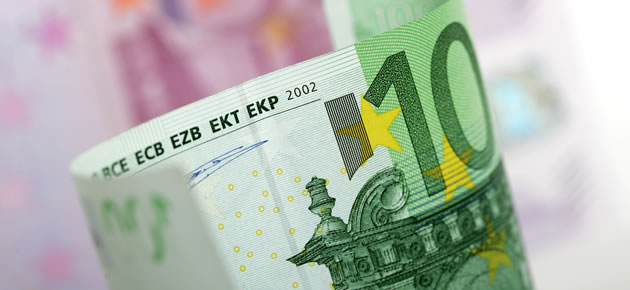As Australia published some upbeat economic data and German trade figures came in below forecast, the EUR to AUD pairing softened as European trading progressed.
Overnight the ‘Aussie’ was buoyed against its major currency counterparts as domestic home loans figures trumped expectations.
Australian home loans data showed a 2.3 per cent surge in lending in February, considerably more than the 1.5 per cent increase expected.
Home loans stagnated in January.
The impressive result saw the Australian Dollar strengthen against the majority of its currency rivals. The New Zealand Dollar also gained on the Euro.
According to senior currency strategist Sam Tuck; ‘The home loans data continue the theme of a basing in the Australian economy, which should support the Aussie. The New Zealand Dollar is twinned to the Aussie at the moment.’
Meanwhile, the nation’s Westpac consumer confidence index advanced from 99.5 to 99.7 in April.
The 0.3 per cent increase in confidence followed a 0.7 per cent decline in confidence in March.
Although this is an improvement, sentiment remains restrained.
The Euro to Australian Dollar exchange rate began the European session on the back foot and extended declines following the release of disappointing German trade data.
The report revealed that German trade activity was weaker than anticipated in February, with exports falling by 1.3 per cent from January rather than declining the 0.5 per cent expected. Imports rose by 0.4 per cent month-on-month, down from January’s monthly advance of 4.1 per cent.
Germany’s trade surplus was narrower than expected and indicates that the Eurozone’s largest economy is still facing headwinds, despite the generally improving global environment.
Later today additional Euro movement could be inspired by ECB official Benoit Coeure. Coeure is scheduled to speak in Washington and has previously advocated lower interest rates. If he mentions the need for slashing borrowing costs today he could drive the Euro lower.
The publication of minutes from the most recent Federal Open Market Committee meeting may also influence currency market movement in the hours ahead.
During Australasian trading New Zealand’s performance of manufacturing index and China’s aggregate financing figures will be of interest, but Australian Dollar volatility is more likely to be driven by Australia’s employment report.
Economists have forecast that Australia’s unemployment rate rose from 6.0 per cent to 6.1 per cent in March. If this proves to be the case the Australian Dollar may shed recent gains.
Euro (EUR) Exchange Rates
[table width=”100%” colwidth=”50|50|50|50|50″ colalign=”left|left|left|left|left”]
Currency, ,Currency,Rate ,
Euro, ,US Dollar,1.3792,
,US Dollar,1.3792,
Euro, ,British Pound,0.8242,
,British Pound,0.8242,
Euro, ,Australian Dollar,1.4731,
,Australian Dollar,1.4731,
Euro, ,New Zealand Dollar,1.5856,
,New Zealand Dollar,1.5856,
Euro, ,Canadian Dollar,1.5073,
,Canadian Dollar,1.5073,
[/table]



